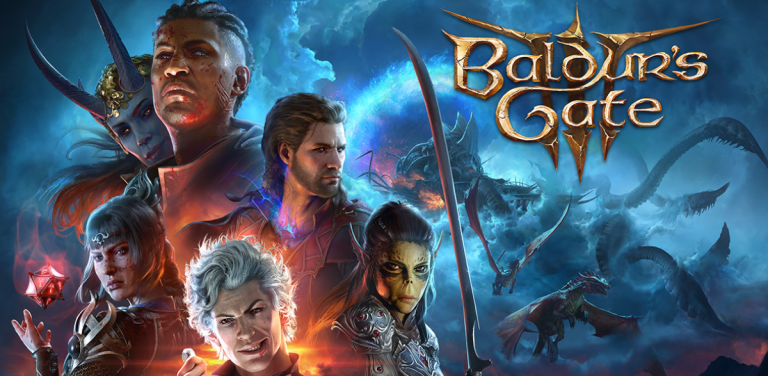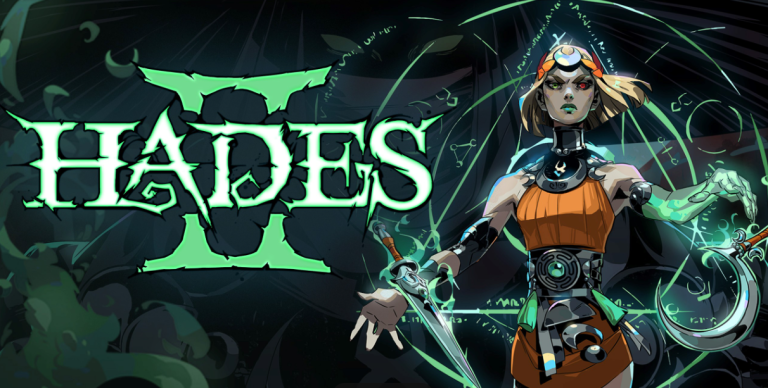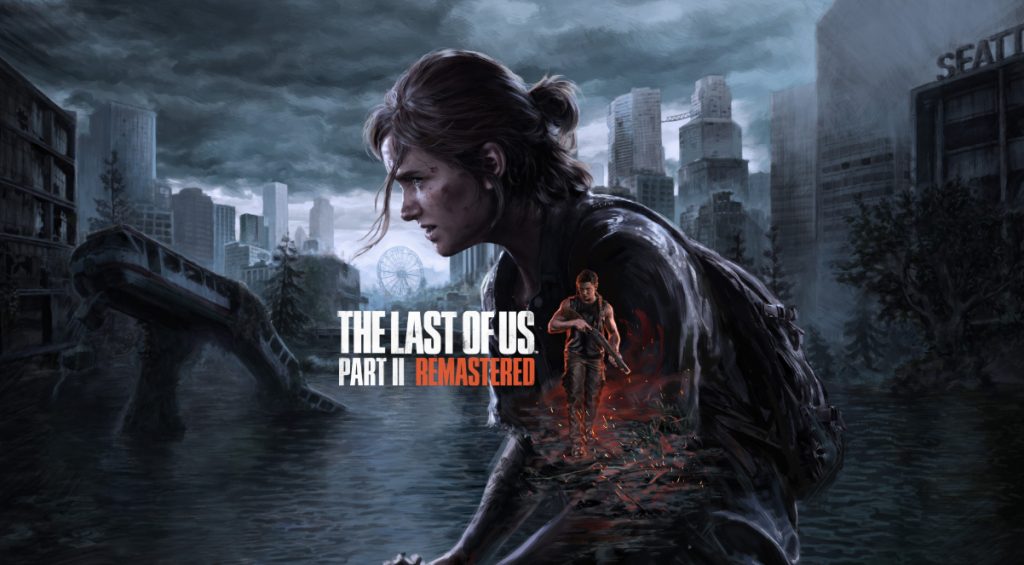
When The Last of Us Part II launched, it didn’t just drop — it detonated. Few games have sparked as much praise, criticism, and heated debate as Naughty Dog’s ambitious sequel. Years later, with emotions settled and remastered editions bringing it to new consoles, it’s worth asking again: does this harrowing tale of revenge, grief, and survival still pack a punch?
Whether you’re a returning fan, a curious newcomer, or someone wondering if this game is more than just a PlayStation exclusive with pretty graphics and intense cutscenes, let’s break it down — from its gut-punch storytelling to its stealthy (and occasionally brutal) gameplay.
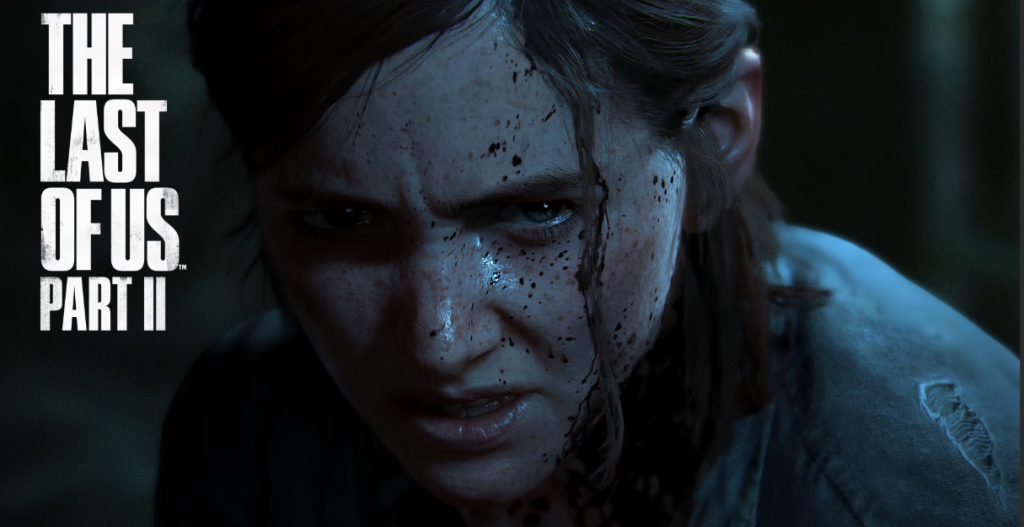
🎬 Storytelling: Revenge, Loss, and the Cost of Violence
Let’s get this out of the way: The Last of Us Part II is not a feel-good game. If you’re looking for sunshine and wholesome bonding, this is… not that. Instead, it drags you through the emotional mud — sometimes gently, often violently — and asks you to sit with uncomfortable questions.
🧠 Ellie’s Evolution
Gone is the wide-eyed teenager from the original. Ellie is older now — tougher, quieter, and carrying more baggage than a cross-country train. When a traumatic event upends her life in Jackson, she sets off on a blood-soaked journey to Seattle that’s as much about revenge as it is about identity.
As players, we walk every painful step with her. And it hurts. The writing is subtle, the pacing deliberate. Dialogue is sparse but weighty, and performances — especially by Ashley Johnson as Ellie — are nothing short of haunting.
🔁 Dual Perspectives: Bold or Blasphemous?
Midway through the game, Naughty Dog does the unthinkable: it flips the script and puts you in the shoes of Abby — the very person Ellie’s been hunting. This narrative decision drew some serious fire when the game launched, but in hindsight, it’s the game’s boldest (and arguably best) move.
By forcing players to experience the “enemy’s” story, The Last of Us Part II becomes something more than a revenge tale. It becomes a meditation on empathy, perspective, and the cycle of violence. You don’t have to like Abby — many players didn’t — but by the end, you understand her. And that’s powerful storytelling.
🕹️ Gameplay: Tense, Tactical, and Occasionally Terrifying
If the story twists your emotions, the gameplay keeps your adrenaline pumping. The mechanics from Part I have been refined and intensified, offering some of the most satisfying stealth-combat hybrids in modern gaming.
🔫 Combat: Stealth with a Side of Savage
The combat in Part II is a brutal ballet of tension and improvisation. Sneaking through tall grass, crafting silencers on the fly, and choosing whether to take out enemies silently or go full Rambo — it’s up to you.
But here’s the twist: killing feels bad — and that’s the point. Enemies have names. They call out for each other. They beg. It’s deeply unsettling, especially when you realize the game wants you to sit in that discomfort.
🐺 Enemy AI and Level Design
Enemies — both human and infected — are smart. They flank, they coordinate, and they don’t politely wait their turn like bad movie henchmen. And the level design encourages creativity, offering multi-layered environments that reward exploration and quick thinking.
Whether you’re sneaking through overgrown bookstores, flooded city blocks, or WLF camps, each location feels distinct, handcrafted, and alive with tension.
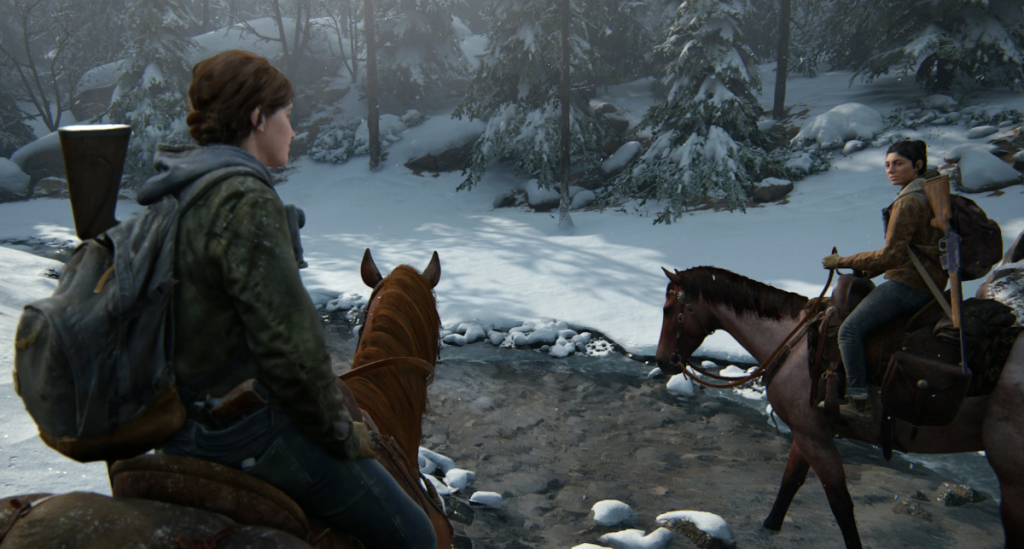
🧭 Pacing & Exploration
Despite its grim tone, the game offers moments of quiet beauty: strumming a guitar in an abandoned music store, marveling at a sun-drenched aquarium, or reading notes from lives long gone. These interludes balance the violence and flesh out the world without info-dumping exposition.
🎨 Visuals & Sound: Post-Apocalypse, Perfected
Let’s take a second to appreciate just how stunning Part II is — even years after its release.
Rain-slick streets, shifting sunlight through trees, abandoned buildings slowly being reclaimed by nature — this world is breathtaking, in that “the world has ended, but wow it’s gorgeous” kind of way.
Add in a nuanced, haunting score by Gustavo Santaolalla, and you’ve got an audio-visual package that’s not just technically impressive — it’s emotionally resonant. Every creak of a floorboard or distant infected shriek adds to the atmosphere in ways that words can’t quite capture.
💡 What the Game Gets Right
✅ Narrative ambition: Love it or hate it, this game swings for the fences. It doesn’t play it safe — and that’s rare in AAA gaming.
✅ Complex characters: Ellie, Abby, and the surrounding cast are messy, flawed, and painfully human.
✅ Gameplay polish: Whether sneaking, scavenging, or sprinting for your life, the mechanics are rock-solid and deeply satisfying.
✅ Worldbuilding: The environmental storytelling is masterful. You’ll often learn more from a note in a drawer than a full cutscene.
✅ Moral ambiguity: There’s no clear “right” side — only consequences.
🧱 What Might Push Players Away
❌ Bleak tone: If you’re emotionally fragile (or just having a rough week), this game might be a lot.
❌ Pacing: Some players found the dual narrative structure jarring or too long. The midpoint switch can feel like narrative whiplash.
❌ Violence fatigue: The constant brutality, while purposeful, can leave you emotionally drained.
❌ Divisive characters: Some fans just couldn’t connect with Abby — or felt Ellie’s arc went too far.
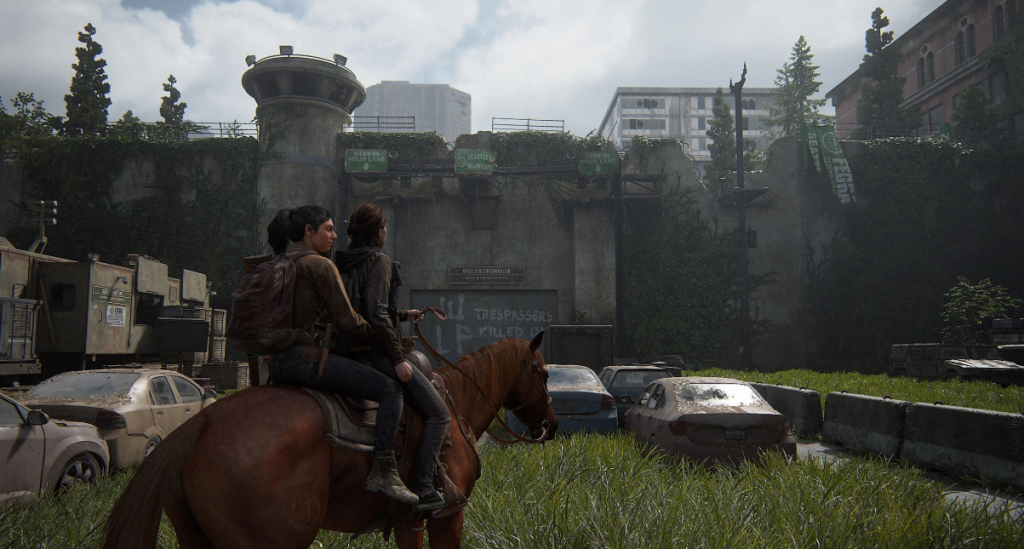
🏆 Final Verdict: Is It Still Worth Playing in 2025?
Absolutely — but with a caveat. The Last of Us Part II isn’t a casual weekend romp. It’s a demanding, emotional, and deeply provocative experience that asks a lot from its players. But if you’re willing to sit with the discomfort, to reflect on what violence really costs — emotionally, mentally, and societally — this game offers one of the most powerful stories in modern gaming.
It’s not for everyone. But then again, the best art rarely is.
Whether you’re a returning fan curious about how the remastered edition feels on PS5, or a new player wondering if the hype (and controversy) is justified — now might be the perfect time to pick up the controller and decide for yourself.
Just… maybe keep some tissues nearby. And don’t get too attached to anyone.
![]()

